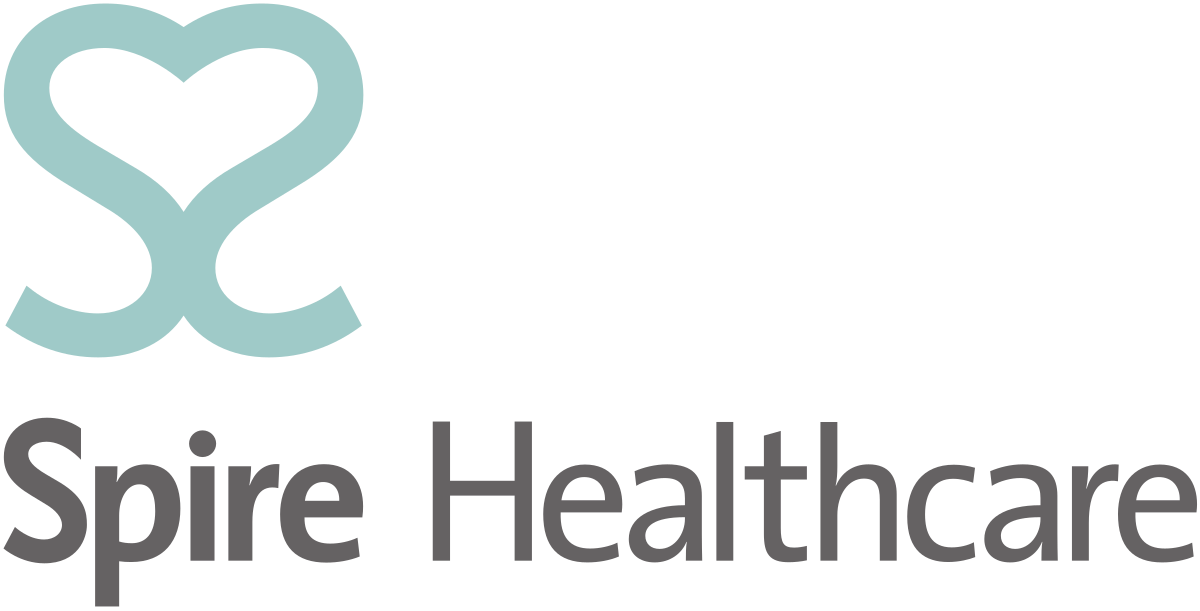Today the Private Healthcare Information Network (PHIN) released information showing which providers of private healthcare are making the most progress.
Today the Private Healthcare Information Network (PHIN) released information showing which providers of private healthcare are making the most progress toward being able to publish measures of the improvement patients experienced from common types of surgery.
Spire Hospitals are leading the way with five hospitals making good progress in collecting and providing health outcomes data, with a further 31 having started the process. The Spire Leicester Hospital has helped the highest number of private patients (137) to complete health questionnaires before undergoing common procedures, with a post-operative questionnaire enabling assessment of the benefit delivered. Meanwhile, Circle Health has begun reporting health outcomes at all three of their sites, collecting and providing outcomes data for 20% of all eligible procedures. PHIN’s website rates these hospitals as ‘Good’ for participation in outcomes measurement, an interim assessment in lieu of full results.
The Robert Jones and Agnes Hunt Orthopaedic Hospital, a specialist orthopaedic NHS hospital which treats private patients, has collected and provided data from the highest proportion of eligible patients (28%). However, due to the lack of post-operative questionnaires, they currently appear on PHIN’s website as having made ‘Some’ progress.
PHIN Chief Executive Matt James said “Health outcome measures help patients to understand the extent to which they might benefit from surgery, for example, through reduced pain or increased mobility. We have an ambitious programme of outcomes measures potentially covering 13 common procedures. It has taken the hospitals a while to get started, and we’re not yet ready to publish statistical results, but we want to recognise those hospitals that are making good progress and, hopefully, encourage others to do the same.”
The NHS has two mandatory outcome measures, for planned Hip and Knee replacements, and typically more than 50% of patients completed both questionnaires.
PHIN is the information organisation approved by the Competition & Markets Authority (CMA) in 2014. All hospitals treating private patients are required to collect data and report health outcomes for 13 common procedures to PHIN if they treat enough patients to have the potential to produce valid statistical results.
Andrew Vallance-Owen, Chairman of PHIN, said, “Everything that PHIN does builds toward better information for patients and greater transparency in private healthcare. I have always strongly advocated for measuring health outcomes as a tool for listening to patient feedback and improving clinical care. With over 80 hospitals showing some form of participation, it is clear that progress is being made, but more needs to be done.”
PHIN has also released new information on Patient Experience to work alongside the current recommendation score which mirrors the NHS Friends & Family Test. Private hospitals scored well on treating patients with respect and dignity and giving patients privacy (both around 98%), but less well on making sure that somebody is available for patients to talk to, especially about medicines (around 90%).
Matt James explains “We require data from private hospitals that enable direct comparison with the NHS wherever possible. The six patient experience questions were selected from the NHS Inpatient Survey as that most relevant to elective care. Overall, 94% of patients report that their needs were met.”
PHIN continues to work toward the publication of a wide range of performance measures for private healthcare, as required by the CMA. PHIN will publish the first performance measures for individual consultants in private practice this summer and fees information from next year. In advance of publication, over 10,000 consultants have already been invited to begin checking their data and providing feedback on data quality, with over 2,500 having done so in the first few weeks. PHIN describes this as encouraging, and well ahead of expectations, with generally positive and actionable feedback to date.
Further explanation of the Health Outcomes Participation rating can be found here
Further explanation of the Patient Satisfaction and Feedback scores data can be found here
